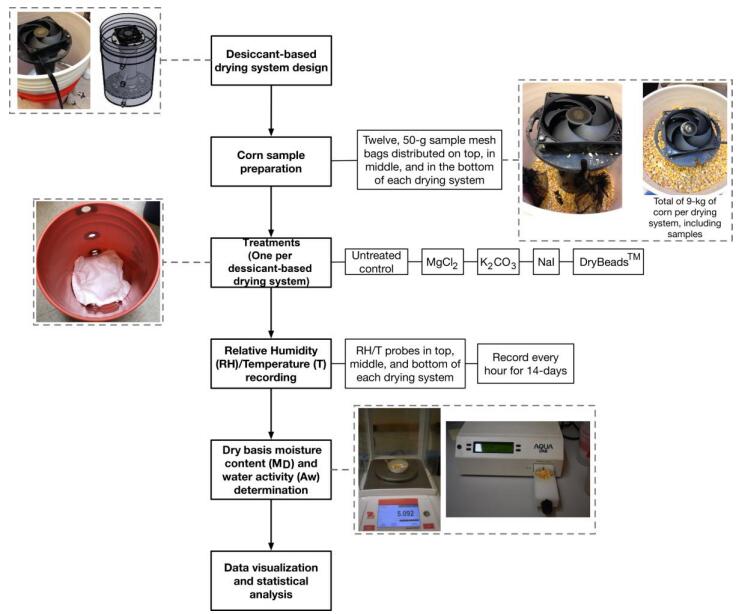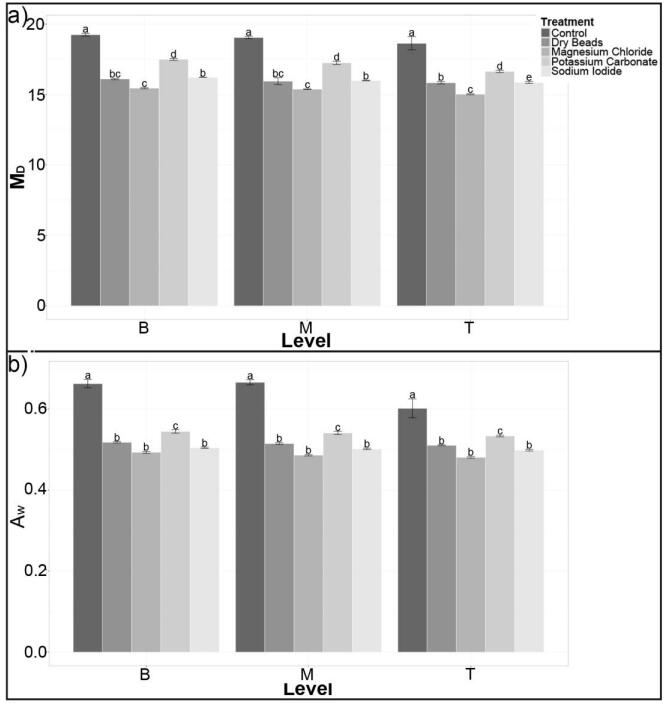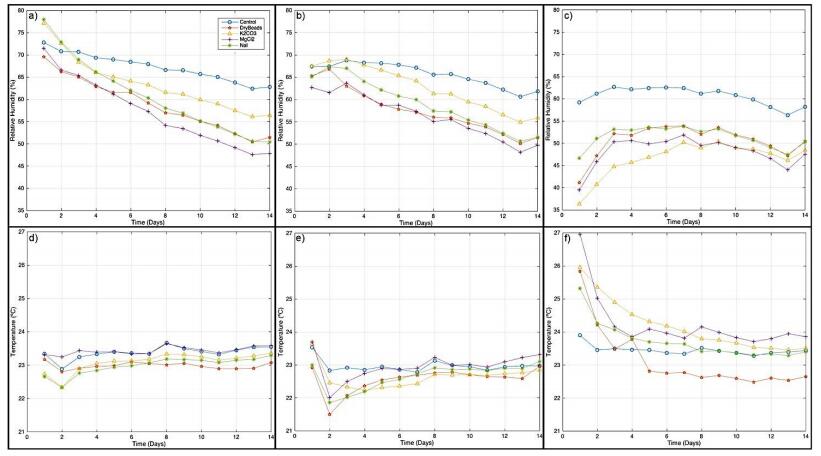| 1.
|
F. Nazari, A.B. Gumel, E.H. Elbasha,
Differential characteristics of primary infection and re-infection can cause backward bifurcation in HCV transmission dynamics,
2015,
263,
00255564,
51,
10.1016/j.mbs.2015.02.002
|
|
| 2.
|
Wei Wang, Wanbiao Ma,
Hepatitis C virus infection is blocked by HMGB1: A new nonlocal and time-delayed reaction–diffusion model,
2018,
320,
00963003,
633,
10.1016/j.amc.2017.09.046
|
|
| 3.
|
A. Cousien, V. C. Tran, S. Deuffic-Burban, M. Jauffret-Roustide, J.-S. Dhersin, Y. Yazdanpanah,
Dynamic modelling of hepatitis C virus transmission among people who inject drugs: a methodological review,
2015,
22,
13520504,
213,
10.1111/jvh.12337
|
|
| 4.
|
David P. Durham, Laura A. Skrip, Robert Douglas Bruce, Silvia Vilarinho, Elamin H. Elbasha, Alison P. Galvani, Jeffrey P. Townsend,
The Impact of Enhanced Screening and Treatment on Hepatitis C in the United States,
2016,
62,
1058-4838,
298,
10.1093/cid/civ894
|
|
| 5.
|
Emily D. Bethea, Qiushi Chen, Chin Hur, Raymond T. Chung, Jagpreet Chhatwal,
Should we treat acute hepatitis C? A decision and cost-effectiveness analysis,
2018,
67,
02709139,
837,
10.1002/hep.29611
|
|
| 6.
|
Lauren E. Cipriano, Jeremy D. Goldhaber-Fiebert,
Population Health and Cost-Effectiveness Implications of a “Treat All” Recommendation for HCV: A Review of the Model-Based Evidence,
2018,
3,
2381-4683,
238146831877663,
10.1177/2381468318776634
|
|
| 7.
|
Wei Wang, Wanbiao Ma,
Block effect on HCV infection by HMGB1 released from virus-infected cells: An insight from mathematical modeling,
2018,
59,
10075704,
488,
10.1016/j.cnsns.2017.11.024
|
|
| 8.
|
Cheng Ding, Xiaoxiao Liu, Shigui Yang,
The value of infectious disease modeling and trend assessment: a public health perspective,
2021,
1478-7210,
1,
10.1080/14787210.2021.1882850
|
|
| 9.
|
Ignacio Rozada, Daniel Coombs, Viviane D. Lima,
Conditions for eradicating hepatitis C in people who inject drugs: A fibrosis aware model of hepatitis C virus transmission,
2016,
395,
00225193,
31,
10.1016/j.jtbi.2016.01.030
|
|
| 10.
|
Karen Van Nuys, Ronald Brookmeyer, Jacquelyn W. Chou, David Dreyfus, Douglas Dieterich, Dana P. Goldman,
Broad Hepatitis C Treatment Scenarios Return Substantial Health Gains, But Capacity Is A Concern,
2015,
34,
0278-2715,
1666,
10.1377/hlthaff.2014.1193
|
|
| 11.
|
Ashley B Pitcher, Annick Borquez, Britt Skaathun, Natasha K Martin,
Mathematical modeling of hepatitis c virus (HCV) prevention among people who inject drugs: A review of the literature and insights for elimination strategies,
2019,
481,
00225193,
194,
10.1016/j.jtbi.2018.11.013
|
|
| 12.
|
Ruiqing Shi, Yunting Cui,
Global analysis of a mathematical model for Hepatitis C virus transmissions,
2016,
217,
01681702,
8,
10.1016/j.virusres.2016.02.006
|
|
| 13.
|
Mingwang Shen, Yanni Xiao, Weike Zhou, Zhen Li,
Global Dynamics and Applications of an Epidemiological Model for Hepatitis C Virus Transmission in China,
2015,
2015,
1026-0226,
1,
10.1155/2015/543029
|
|
| 14.
|
A. Nwankwo, D. Okuonghae,
Mathematical Analysis of the Transmission Dynamics of HIV Syphilis Co-infection in the Presence of Treatment for Syphilis,
2018,
80,
0092-8240,
437,
10.1007/s11538-017-0384-0
|
|
| 15.
|
Yao Wang, Zeyu Zhao, Mingzhai Wang, Mikah Ngwanguong Hannah, Qingqing Hu, Jia Rui, Xingchun Liu, Yuanzhao Zhu, Jingwen Xu, Meng Yang, Jing-An Cui, Yanhua Su, Benhua Zhao, Tianmu Chen,
The transmissibility of hepatitis C virus: a modelling study in Xiamen City, China,
2020,
148,
0950-2688,
10.1017/S0950268820002885
|
|
| 16.
|
M. E. Woode, M. Abu‐Zaineh, J. Perriëns, F. Renaud, S. Wiktor, J.‐P. Moatti,
Potential market size and impact of hepatitis C treatment in low‐ and middle‐income countries,
2016,
23,
1352-0504,
522,
10.1111/jvh.12516
|
|
| 17.
|
Oluwasegun M. Ibrahim, Daniel Okuonghae, Monday N.O. Ikhile,
Mathematical Modeling of the Population Dynamics of Age-Structured Criminal Gangs with Correctional Intervention Measures,
2022,
107,
0307904X,
39,
10.1016/j.apm.2022.02.005
|
|
| 18.
|
S. P. Rajasekar, M. Pitchaimani, Quanxin Zhu,
Probing a Stochastic Epidemic Hepatitis C Virus Model with a Chronically Infected Treated Population,
2022,
42,
0252-9602,
2087,
10.1007/s10473-022-0521-1
|
|
| 19.
|
Louiza Tabharit, Maghnia Hamou Maamar,
2021,
Mathematical Modeling of Chronic Hepatitis C Treatment’s Effect on the Evolution of its Complications,
978-1-6654-4171-1,
1,
10.1109/ICRAMI52622.2021.9585963
|
|
| 20.
|
Oluwakemi E. Abiodun, Olukayode Adebimpe, James A. Ndako, Olajumoke Oludoun, Benedicta Aladeitan, Michael Adeniyi,
Mathematical modeling of HIV-HCV co-infection model: Impact of parameters on reproduction number,
2022,
11,
2046-1402,
1153,
10.12688/f1000research.124555.1
|
|
| 21.
|
Baolin Li, Fengqin Zhang, Xia Wang,
A delayed diffusive HBV model with nonlinear incidence and CTL immune response,
2022,
45,
0170-4214,
11930,
10.1002/mma.8547
|
|
| 22.
|
Yuqiong Lan, Yanqiu Li, Dongmei Zheng,
Global dynamics of an age-dependent multiscale hepatitis C virus model,
2022,
85,
0303-6812,
10.1007/s00285-022-01773-9
|
|
| 23.
|
Dwi Lestari, Noorma Yulia Megawati, Nanang Susyanto, Fajar Adi-Kusumo,
Qualitative behaviour of a stochastic hepatitis C epidemic model in cellular level,
2021,
19,
1551-0018,
1515,
10.3934/mbe.2022070
|
|
| 24.
|
R. Rakkiyappan, V. Preethi Latha, F. A. Rihan,
Global Dynamics of a Fractional-order Ebola Model with Delayed Immune Response on Complex Networks,
2021,
91,
0369-8203,
681,
10.1007/s40010-021-00756-7
|
|
| 25.
|
Ke Qi, Zhijun Liu, Lianwen Wang, Qinglong Wang,
A nonlinear HCV model in deterministic and randomly fluctuating environments,
2023,
46,
0170-4214,
4644,
10.1002/mma.8792
|
|
| 26.
|
Nauman Ahmed, Ali Raza, Ali Akgül, Zafar Iqbal, Muhammad Rafiq, Muhammad Ozair Ahmad, Fahd Jarad,
New applications related to hepatitis C model,
2022,
7,
2473-6988,
11362,
10.3934/math.2022634
|
|
| 27.
|
Oluwakemi E. Abiodun, Olukayode Adebimpe, James A. Ndako, Olajumoke Oludoun, Benedicta Aladeitan, Michael Adeniyi,
Mathematical modeling of HIV-HCV co-infection model: Impact of parameters on reproduction number,
2022,
11,
2046-1402,
1153,
10.12688/f1000research.124555.2
|
|
| 28.
|
Vuk Vujović,
Influence of environmental fluctuations on Hepatitis C transmission,
2022,
191,
03784754,
203,
10.1016/j.matcom.2021.08.008
|
|
| 29.
|
Robert B Hood, Alison H Norris, Abigail Shoben, William C Miller, Randall E Harris, Laura W Pomeroy,
Forecasting Hepatitis C Virus Status for Children in the United States: A Modeling Study,
2024,
1058-4838,
10.1093/cid/ciae157
|
|
| 30.
|
Parvaiz Ahmad Naik, Mehmet Yavuz, Sania Qureshi, Mehraj-ud-din Naik, Kolade M. Owolabi, Amanullah Soomro, Abdul Hamid Ganie,
Memory impacts in hepatitis C: A global analysis of a fractional-order model with an effective treatment,
2024,
01692607,
108306,
10.1016/j.cmpb.2024.108306
|
|
| 31.
|
Shewafera Wondimagegnhu Teklu, Tsegaye Simon Lachamo, Tibebu Tulu Guya,
Analyses of a stage structure hepatitis c virus compartmental model with optimal control theory,
2025,
11,
2363-6203,
10.1007/s40808-025-02288-0
|
|

















 DownLoad:
DownLoad: